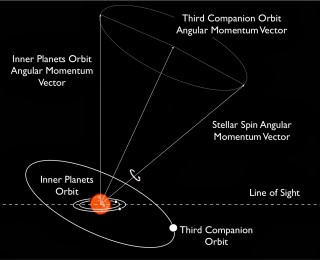
by Meredith Rawls | Nov 12, 2013 | Daily Paper Summaries
Our Solar System is pretty straightforward. Roughly speaking, all the planets orbit in the same plane, most spin on their axes in the same direction in that plane, and even the Sun rotates in a manner consistent with all this. The small, rocky planets are closer to the Sun, and the big, gaseous planets are farther from the Sun. Simple. Now that we are finding planets orbiting other stars, many are turning out to be multiplanet systems like our own Solar System.
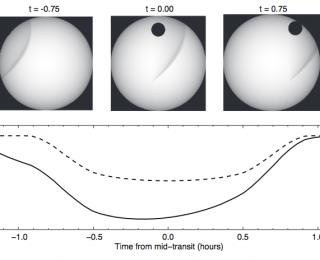
by Erika Nesvold | Sep 19, 2013 | Daily Paper Summaries
Transit observations can yield a lot of information about exoplanets. If a transiting exoplanet encounters stellar wind, the bow shock created can show up in the transit light curves. In this paper, the authors investigate how the stellar wind of a star can shape the light curves we observe.
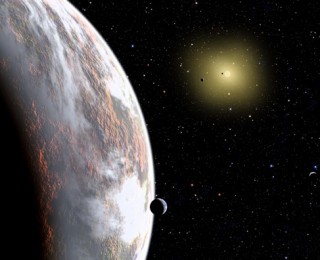
by Sukrit Ranjan | Jun 11, 2013 | Current Events, Daily Paper Summaries
This paper describes the detection of transits for a planet previously identified via radial velocities (RVs). Measuring the properties of the planet with both the transit and RV method allows the authors to determine the density, which suggests it should have a lot of volatiles (e.g. H2O, CO2, etc). This discovery is particularly exciting because the planet orbits a bright, nearby star: ideal for follow-up observations to characterize its atmosphere!

by Sukrit Ranjan | Sep 28, 2012 | Daily Paper Summaries
This work presents an interesting new idea to explain the apparent misalignment between the rotation of stars and the orbits of their planets.
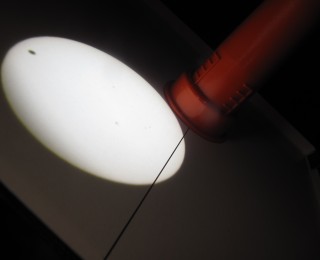
by Elisabeth Newton | Jun 7, 2012 | Personal Experiences
Tuesday was was the second of this century’s pair of transits of Venus; I didn’t catch the 2004 transit, but I was fortunate to have a prime view of Tuesday’s. Like many others, I turned my eyes (safely behind sun filters) towards the Sun and the little black dot traversing its surface. I asked the Astrobites authors to share their experiences with us.
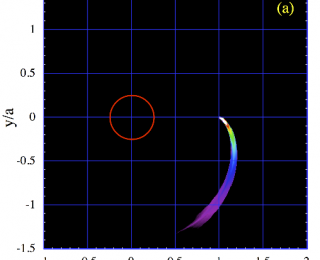
by Caroline Morley | Feb 1, 2012 | Daily Paper Summaries
A very small rocky planet—close to the size of Mercury—is evaporating as it orbits the host star. The putative planet orbits the star in less than 16 hours, so the planet’s surface is highly irradiated. The planet would actually be hot enough to vaporize rocky material at the surface, which could escape the gravitational pull of the planet and form a comet-like tail trailing the orbit.






